The coronavirus (COVID-19) pandemic has shaped 2020 in countless ways for children and teens. What started as “sweet, two weeks off school!” for many youth has turned into increased stress, isolation and sadness. Rates of anxiety and depression have been increasing and with that, providers have seen an increase in suicidal ideation. Now more than ever it is important to know the suicide warning signs and to feel comfortable talking about suicide and safety with your child.
Suicide risk factors and warning signs
Certain suicide risk factors are important to be aware of including presence of psychiatric illness, a previous suicide attempt, history of trauma or abuse, bullying or disorders in gender identity.
Beyond risk factors, it helps to be aware of some common warning signs including:
- Increased thoughts of suicide or self-harm
- Discussion of death or feelings of emptiness/hopelessness
- Changes in mood (anxious or agitated), behavior, eating or sleep
- Increased isolation or withdrawing from others
- Risky behaviors or saying goodbye
Protective factors for suicide
There are several protective factors which can be encouraged to help your child:
- Life skills (problem-solving, coping)
- Social support from family, friends and others
- Positive school experiences
Since the COVID-19 quarantine began, it has been more difficult for children to do the things they love. Staying active, going to indoor activities and seeing close friends are just a few things that children have not been able to do in the same way as before. Parents are encouraged to find creative ways to help kids stay connected with peers (i.e. video calls, virtual game nights) and to help kids stay physically active (i.e. socially distant walks, at home workout videos).
Dos and don’ts when talking to your child about suicide
Talking to your child about suicide may feel scary but there are some helpful dos and don’ts that can make this process a little easier! You can use these tools yourself and share them with other parents!
- DO stay calm. This helps your child see that you are not upset at them and that they are not in trouble.
- DO be direct. Ask them, “Have you wished you were dead? Have you had any thoughts about killing yourself?” Being able to openly discuss these thoughts and feelings is critical. Asking directly builds connectedness and helps to communicate that you care.
- DO reassure. Let your child know that there is help and that this feeling will not last forever. Ask your child what you can do for them during moments of distress, whether it is sitting with them, giving them a hug or doing a shared activity together.
- DO remove means for self-harm. Work to keep the home environment safe by removing unsafe items such as weapons, sharp objects, medications, belts, ropes and cords. If these items cannot be removed, having a safe place where they are locked is an alternative option.
- DON’T judge. Create a safe space for your child and show them that that talking about suicide and safety are things they can do with you. The thoughts and feelings they are experiencing reflect the pain they are experiencing. As a parent, you can show empathy and validation which will help your child feel heard and increase their comfort talking about these difficult feelings.
- DON’T leave them alone. If your child is expressing thoughts of harming themselves, do not leave them on their own. Encourage your child to keep the bedroom door open and monitor them regularly. If your child is expressing thoughts of suicide, stay with them until they receive a safety assessment.
Sometimes you may feel uncertain whether your child is safe or you may be unsure how to talk with them. If this occurs, call 911 or take them to the emergency department for a safety assessment. You can also contact the National Suicide Prevention Lifeline for help: 1-800-273-TALK (8255).
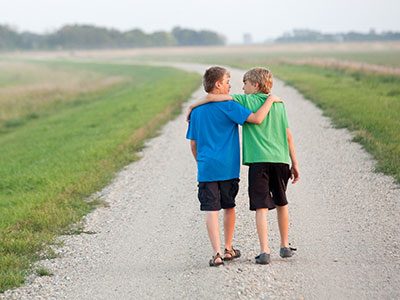 https://riseandshine.childrensnational.org/wp-content/uploads/2025/11/two-friends-feature.jpg
300
400
Danielle Robbins
https://riseandshine.childrensnational.org/wp-content/uploads/2017/11/childrens_riseandshine_logo.jpg
Danielle Robbins2025-11-13 13:55:082025-11-14 10:17:49Navigating friendships when your child has epilepsy
https://riseandshine.childrensnational.org/wp-content/uploads/2025/11/two-friends-feature.jpg
300
400
Danielle Robbins
https://riseandshine.childrensnational.org/wp-content/uploads/2017/11/childrens_riseandshine_logo.jpg
Danielle Robbins2025-11-13 13:55:082025-11-14 10:17:49Navigating friendships when your child has epilepsy






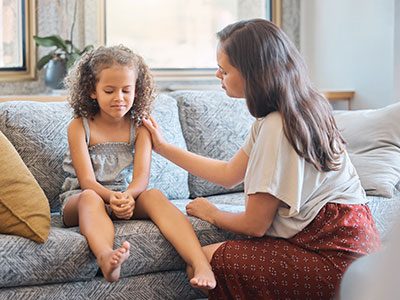

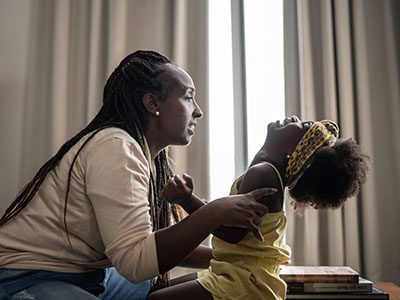


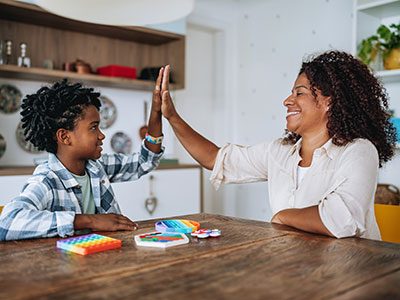



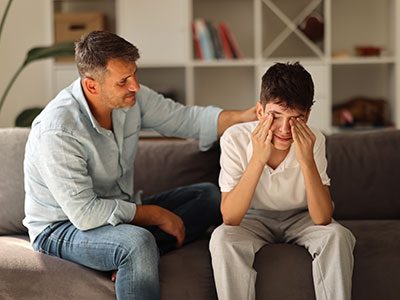




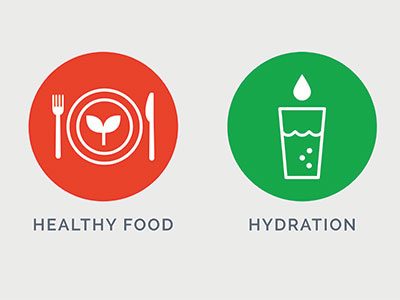

Leave a Comment
Want to join the discussion?Feel free to contribute!